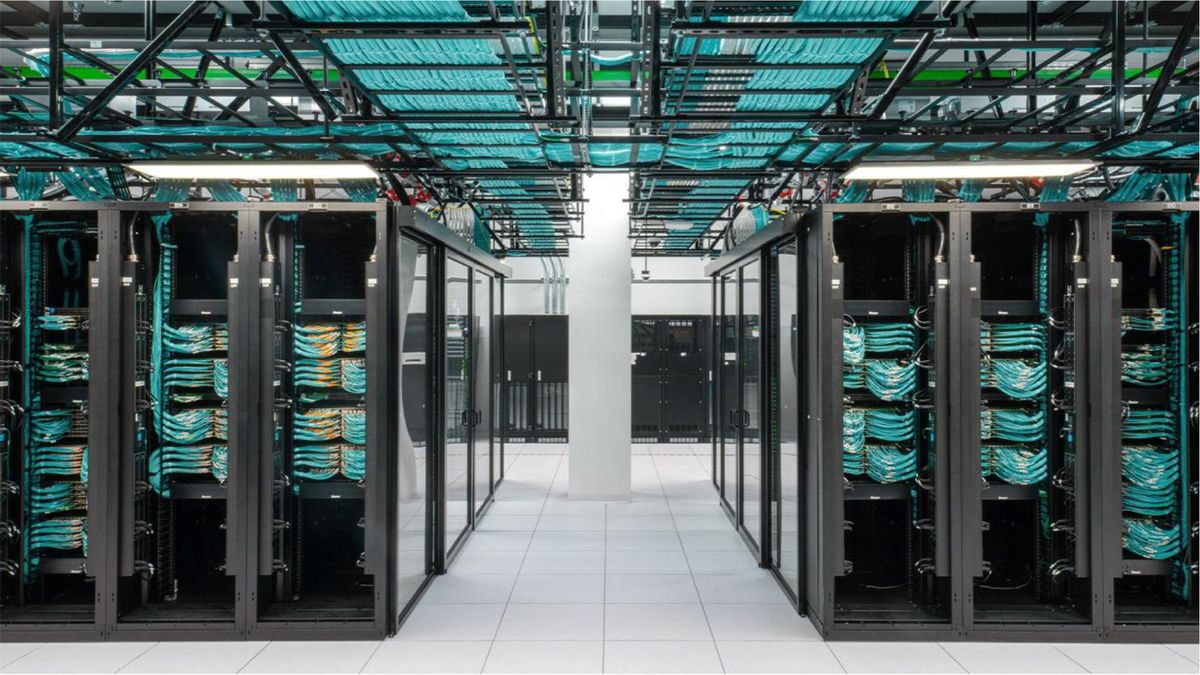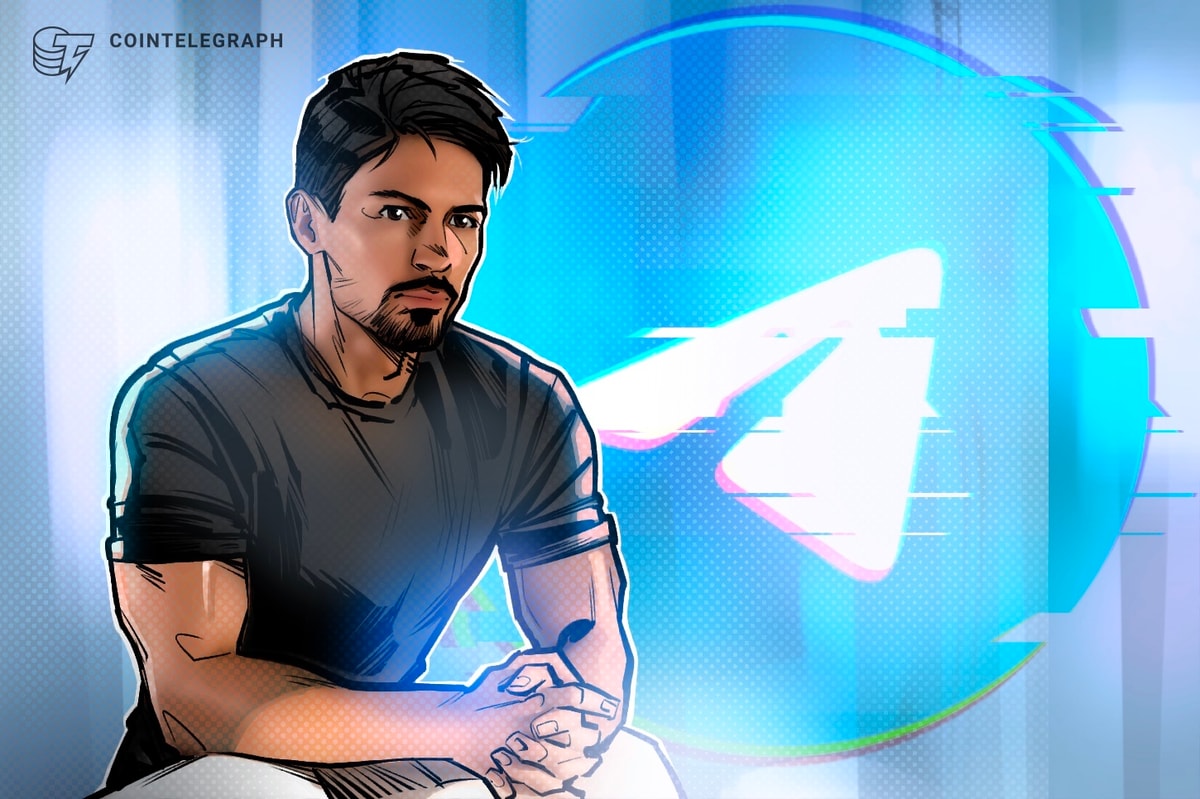Samsung and LG got a headstart on Sony when they announced their new 2025 TVs a few months ago at CES. But now, the latter is catching up with the pending arrival of three new Bravia sets, including a refreshed flagship QD-OLED, a midrange mini LED option and an updated budget alternative.
Before we get into the specific models, it's important to note that after revamping the naming scheme for all of its home theater gear last year, Sony isn't doing a full top-to-bottom overhaul of its entire lineup for 2025. Instead, it's introducing a handful of new TVs that will replace old models or slot into some existing gaps in its current portfolio. That means the Bravia 9 will continue to be the company's top-tier TV, with everything else falling in line under that.
Sam Rutherford for Engadget
This brings us to the Bravia 8 II, which as you may have guessed, is the replacement to the Bravia 8 and will be Sony's most premium QD-OLED TV. Like the Bravia 9, it features the company's XR processor which supports AI scene recognition tech to help preserve details in tricky scenes. The way it works is that by analyzing your content, the TV can compare what's being displayed with a reference library of known backgrounds and patterns to help fill in any gaps the source material may not have fully captured.
I had a chance to see this AI trick in person and while the effect is subtle, it definitely makes a difference during shots with lots of foliage, rocks or other challenging textures. I also noticed that the Bravia 8 II demonstrated improved tone mapping and much more accurate color gradients, which resulted in more detailed and realistic images, especially in very bright or dark shots. And of course, you get those lovely deep blacks and the excellent contrast that modern QD-OLED panels are known for.
Sam Rutherford for Engadget
Moving down the line, there's the Bravia 5, which neatly fills the void between Sony's existing 7 and 3 series TVs. It features a mini LED panel powered by the company's Backlight Master Drive tech, which delivers reduced digital noise and improved contrast. The most noticeable example I saw of this was the almost complete lack of halos or light bleed when viewing bright objects on a dark background. Another important spec is that the Bravia 5 is available in sizes of up to 98 inches, which makes it one of Sony's largest TVs (including the 83-inch flagship Bravia 9).
Sam Rutherford for Engadget
Finally we come to the Bravia 2 II, where the biggest change is the shift to full direct lit LED instead of an edge lit panel like the previous model. This delivers much more vibrant colors in addition to significantly wider viewing angles on sizes ranging from 43 to 75 inches. Like Sony's other TVs, its OS is powered by Google TV and it includes an upscaler to bring old content up to 4K. The one major limitation on the Bravia 2 II is that it features a refresh rate of just 60Hz.
Unfortunately, official pricing and availability for all of Sony's new TV's won't be available until sometime later this spring. So if you're currently shopping for a new set, you may want to hold off for another couple of months.

 4 months ago
31
4 months ago
31








 English (US) ·
English (US) ·